Many of us will experience the pain of a sprained ankle. Instant swelling, pain, bruising and difficulties walking.
It can take weeks to heal and for 20% of cases, there will be chronic ligament damage of the ankle. Weakening of these ligaments means that you are more likely to twist your ankle again, causing further damage.
As your Osteopaths, we can give you advice on how to rehabilitate your damaged ankle and how to help prevent further episodes.
Kind regards,

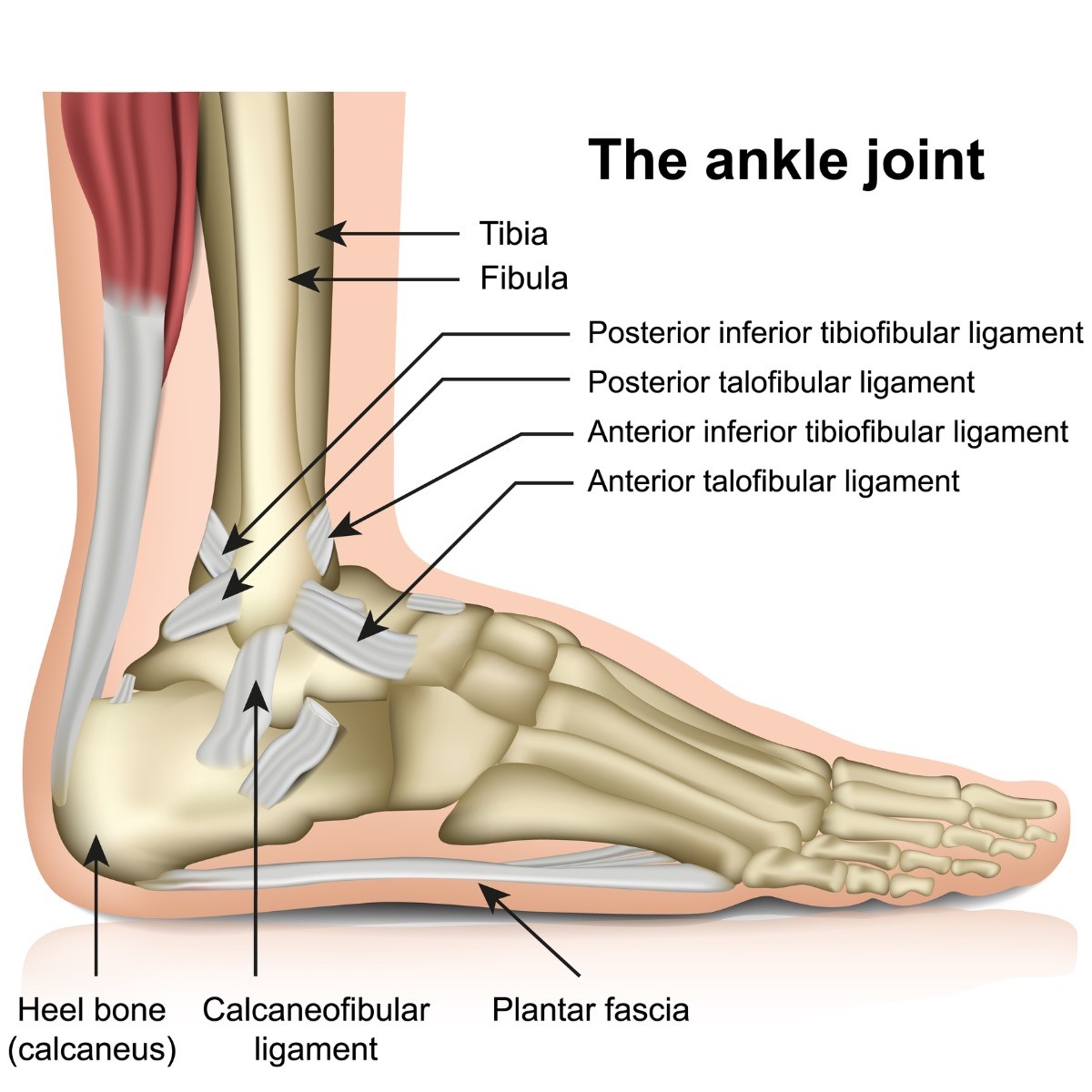
Acute Ankle Sprain
When you first sprain your ankle, it is important to Rest, Ice, and Elevate the foot. Swelling occurs immediately and there will be bruising so it is important to react promptly.
Avoid weight bearing and rest. It is unusual for the ligaments of the ankle to fully tear, but if you feel a ‘pop’ sensation when you twist the ankle, it is likely that there has been significant ligament damage.
Should the pain be severe, there is a possibility that you may have fractured your ankle and it is important that you get an x-ray.
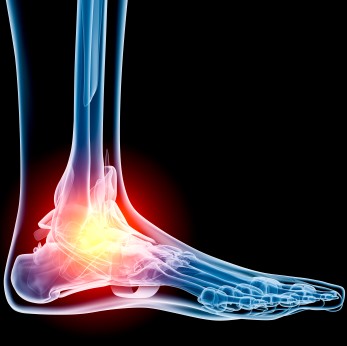
When you sprain your ankle and there is significant ligament damage, it can lead to chronic ankle instability.
This is where you lose the outer stability of the ankle and it is easy to roll your foot inwards. This instability means that you are more likely to re-sprain your ankle.
People with chronic instability of the ankle often complain of ‘twisting’ their ankle when walking on uneven surfaces or playing sports. There can be tenderness on the outside of the ankle and recurring swelling or puffiness to the ankle.
First of all your Osteopath will examine your foot and ankle to determine the damage. You may be asked to try standing on your tip-toes to assess the stability of your ankle. Then, your Osteopath will move your foot and ankle whilst you lie down in order to see the range of movement.
For acute injury, your osteopath will be able to help the alignment of the foot and ankle and also help reduce inflammation with ultrasound therapy. Your foot may need strapping in order to help stabilise it during the initial healing process.
For chronic ankle instability, your Osteopath will determine which ligaments of the ankle have been damaged. They can advise the best exercises to encourage good ankle rehabilitation and also what footwear is best. They will also ascertain whether strapping is needed when engaging in sports to prevent further injury.
Each patient’s injury is different so any exercise plan will be tailored to your specific needs.
If you are suffering from Ankle or Foot Pain, please do not hesitate to get in touch. We would love to help.
You can email info@osteopathuk.co.uk or call 02089776396
Click the link for our website: www.osteopathuk.co.uk

Please do not hesitate to get in touch with us for any reason, we are here to help and welcome any feedback. Click here for more information.
We have all heard of a ‘cricked’ neck which can be acutely painful, but there are other more chronic types of Neck Pain and stiffness.
Osteopathy can be hugely beneficial in helping to ease Neck Pain. Your Osteopath will carefully differentially diagnose the cause of the pain first because it is important to take the right treatment approach when dealing with Neck problems.
Kind regards,

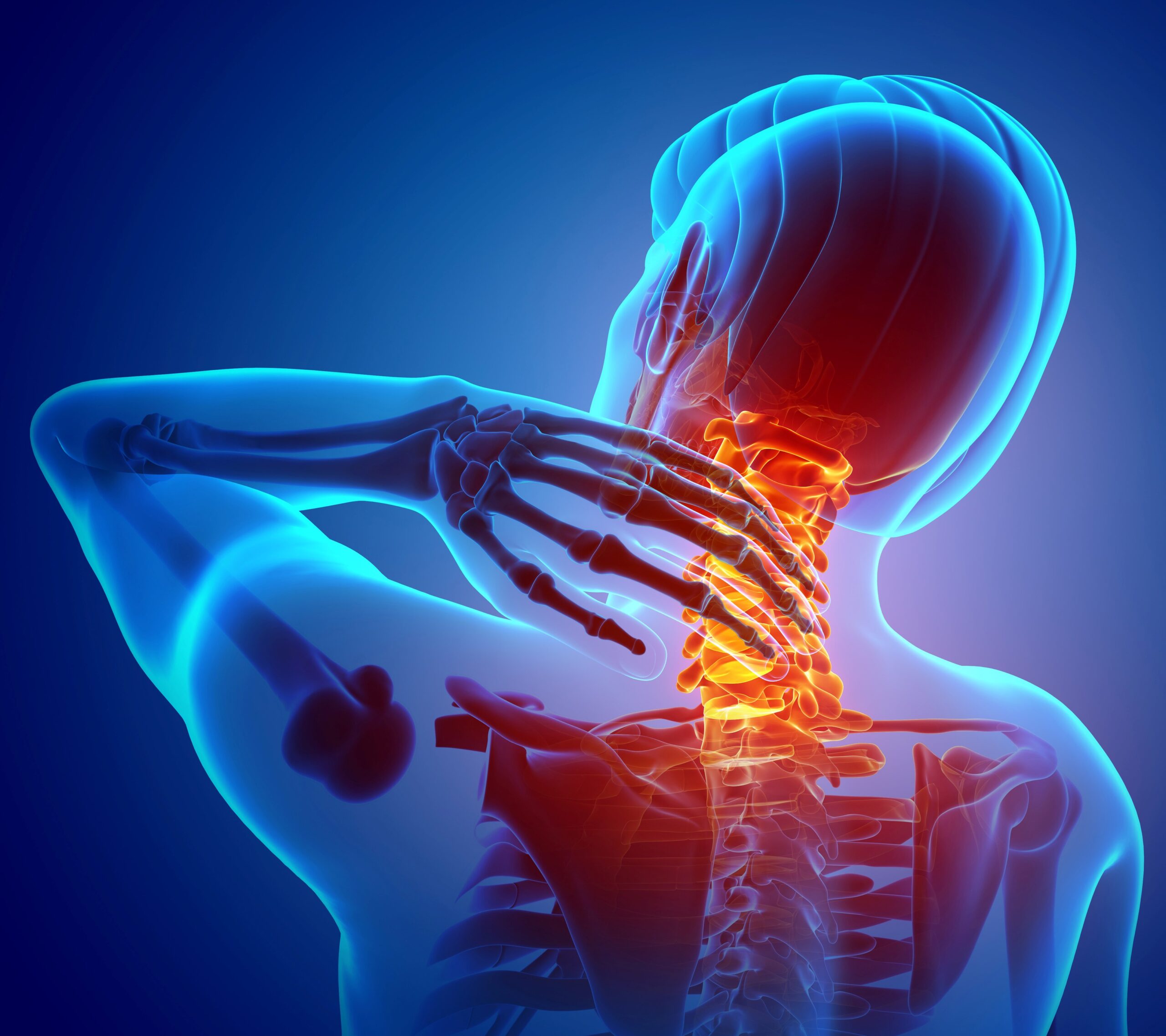
What is Acute Neck Pain?
Acute Neck Pain comes on suddenly. It is possible to sleep awkwardly and wake up with a really painful neck. This is your classic ‘Cricked’ neck. When this occurs, there is restricted head movement and you may have to hold your head to one side to alleviate the pain.
Other Acute Neck injuries can occur with poor posture such as turning your head to look in a certain position for a long time or after sitting in a draught.
With Acute Neck Pain there is a lot of muscle spasm which means it can be extremely painful. The pain may also spread to the head, shoulders or even down into the arms.
Having some medication to alleviate the pain is the first step and then your Osteopath will do a careful case history and assessment to ascertain which structures are involved and will then formulate a treatment plan to help you.
If you have had any trauma prior to the injury such as a road traffic accident, fall or blow to the head, then it is imperative that you go to A&E to ensure that you haven’t injured the spine.

Chronic Neck problems often have an insidious onset. Chronic pain is generally described as pain that has lasted longer than 3 months.
Chronic Neck Pain can have differing characteristics – it can be dull, achey or occasionally sharp and sometimes has radiations of pain down the spine or into one or both arms. There can also be associated headaches, jaw pain, general malaise and it is common to feel unhappy/depressed.
When trying to find the cause of the pain, your Osteopath will have to take a detailed case history including your previous medical history and then get you to do a series of active and passive movements of your head and spine.
Chronic Neck Pain can be as a result of an Acute Injury such as Whiplash becoming longer term. However, it can also be a sign of degenerative changes with age such as osteoarthritis of the spine, spondylosis or cervical spine degenerative disc disease.
The good news is, once your Osteopath has made a differential diagnosis, they can help formulate an effective treatment plan and give you advice and encouragement on how to manage your problem for the long-term.
Pain management is key to recovery and your Osteopath will help advise and direct you in the correct direction for this, be it for Prescription medication or with self-help advice.
Chronic Neck Pain can be complex, so it might need a multi-faceted approach and should you need MRI scans or onward referral, your Osteopath will work closely with you throughout this journey.

The Road To Recovery Starts Here
If you are suffering from Neck Pain, please do not hesitate to get in touch. We would love to help.
You can email info@osteopathuk.co.uk or call 02089776396
Click the link for our website: www.osteopathuk.co.uk

Please do not hesitate to get in touch with us for any reason, we are here to help and welcome any feedback. Click here for more information.
As we approach our second pandemic winter, the message from healthcare experts is all about the need to find a balance between social well-being and the potential exposure to illnesses from that increased social interaction.
Staying healthy this winter is challenging and a balanced approach to lifestyle and self-awareness are key to being well.
Keep your body in shape through exercise, nutrition and have regular Osteopathic treatment to promote self-healing and prevent injury.
In this newsletter we focus on how you can eat well to promote better Winter Health.
Kind regards,

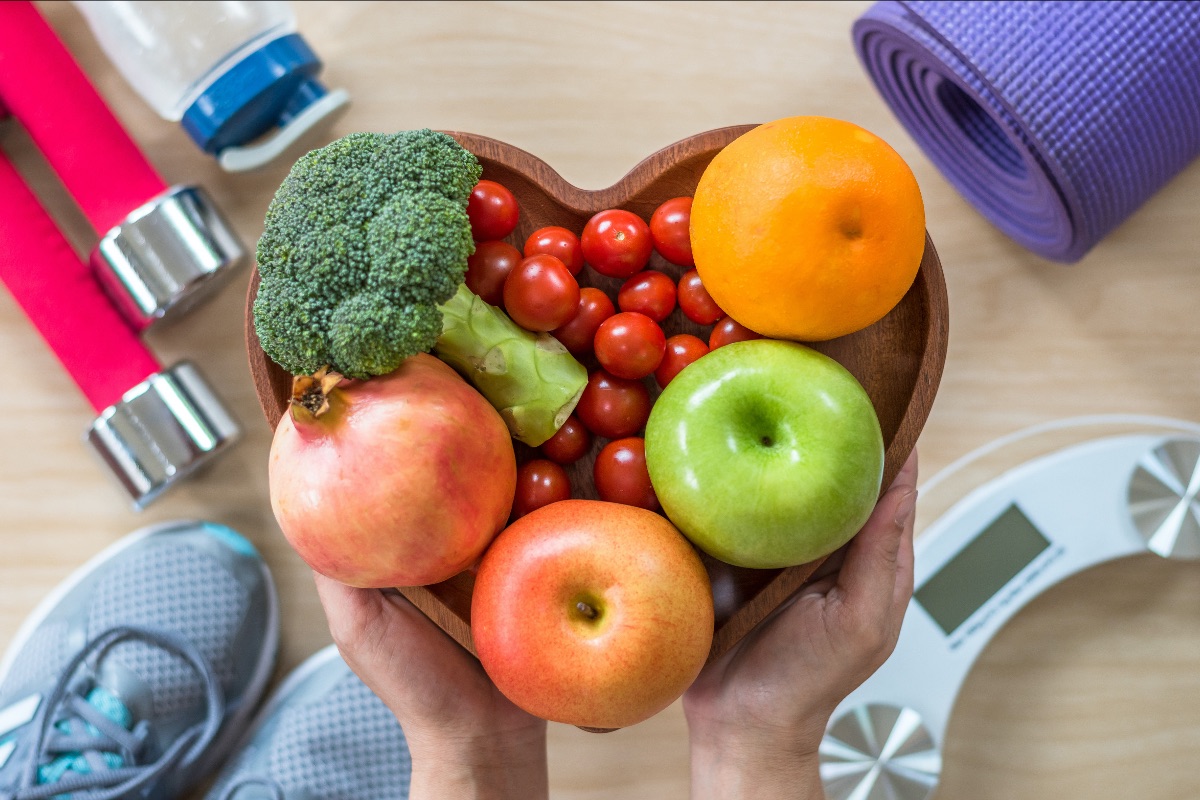
Eating well in winter is very important for our overall health. For optimum well-being we need to eat a diet that is rich in Calcium, Magnesium, Vitamins C, D and K.
Foods rich in Calcium: dairy is the obvious go-to for Calcium but if you are dairy-intolerant choose alternatives that are fortified with Calcium. Foods rich in Calcium are beans/lentils, dark green leafy vegetables such as kale and spinach. You can also add a Calcium top-up to your morning cereal by sprinkling on some sesame or poppy seeds. Eating a handful of almonds will also give you a quick Calcium boost.
Benefits of Calcium: bone health, heart health, muscle health
Foods rich in Magnesium: pumpkin seeds are a super source of Magnesium as are bananas. Again, your dark green leafy vegetables are a great way to ingest magnesium – grab some spinach and kale at your next grocery shop. Add in an avocado for a light Magnesium-based lunch. Fantastic news is that dark chocolate is a great source of Magnesium. Make sure it is 70-90% cocoa solids and enjoy a healthy treat.
Benefits of Magnesium: bone health, muscle health, anti-inflammatory benefits, nervous system health so can help with depression and migraines, gives energy and so great for fatigue
Foods rich in Vitamin C: citrus fruits are the most obvious but again Vitamin C comes in kale, broccoli and brussel sprouts. Kiwi fruit pack a super Vitamin C punch. Grab a yellow pepper when you are shopping next – it has double the vitamin C content of its green counterpart.
Benefits of Vitamin C: growth and repair of all tissues so it is vital for immune system health, helps the absorption of iron so helps with overall health and prevents anaemia, antioxidant helping memory and cognitive function
Foods rich in Vitamin D: oily fish such as mackerel, sardines or salmon can be a good source of Vitamin D. Choose fortified cereals that will help provide extra Vitamin D in your diet. Egg yolks and mushrooms can also be of benefit but mainly we need sunlight to absorb Vitamin D. During winter months in the UK it is recommended that you supplement your diet with Vitamin D. Speak with your Osteopath for advice on what your personal optimum dosage should be.
Benefits of Vitamin D: bone health, muscle health, heart health, immune system health, nervous system health. Can help with depression by regulating mood
Foods rich in Vitamin K: more kale, dark greens, spinach, broccoli and brussel sprouts. Interestingly, beef liver is a good source of Vitamin K as is chicken and pork chops. You can also get a lesser amount of Vitamin K from prunes, kiwi and avocados.
Benefits of Vitamin K: regulates blood calcium levels so very important in overall health, helps blood clotting and wound healing
If you are feeling run down, tired or generally suffering from winter blues, it may be worth supplementing your diet with additional vitamins and minerals.
Your medical history may affect which supplements are more relevant to you, so please speak with your Osteopath for the optimum balance.
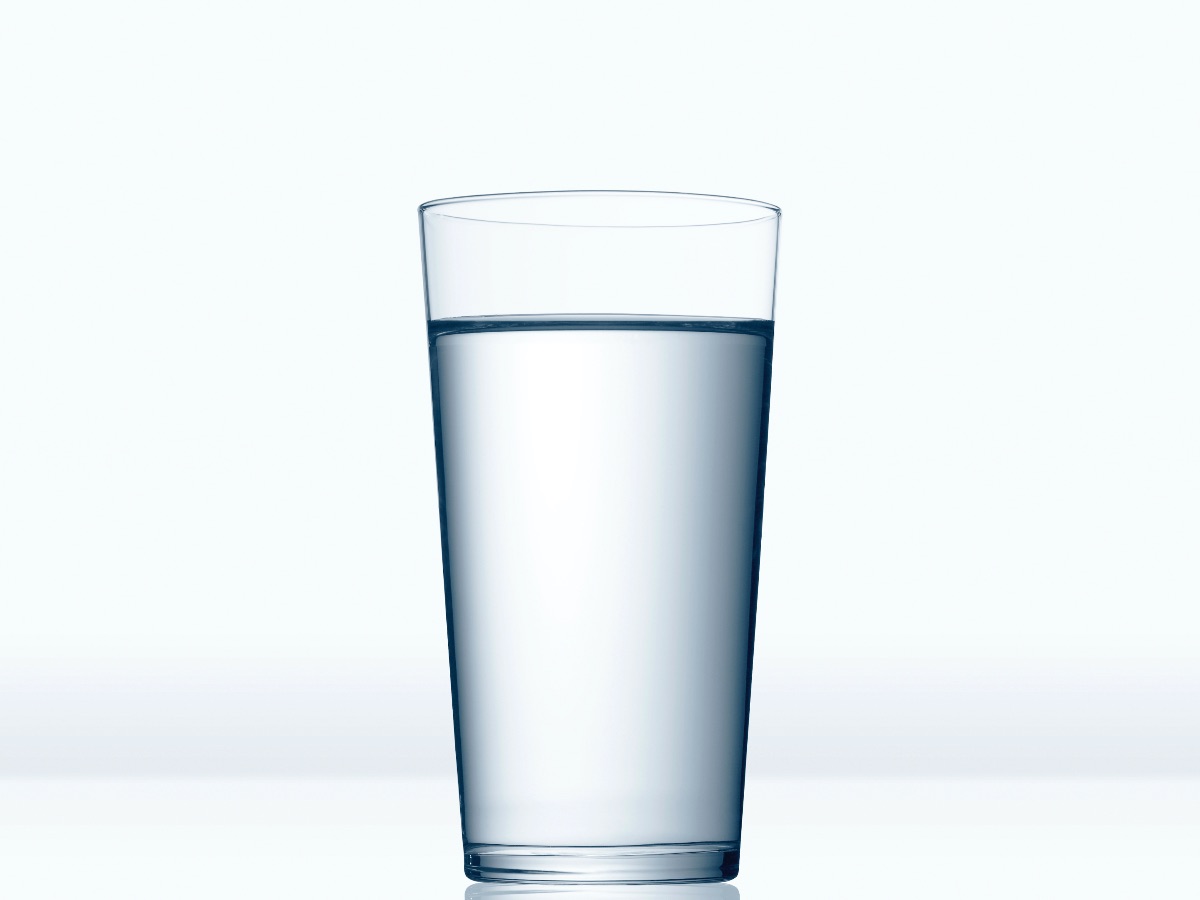
Last but by no means least, remember to keep hydrated. With cold winter weather outside and central heating inside it is easy to not feel thirsty and dehydrate easily.
Aim for room temperature or warmer drinks so that your body doesn’t expend too much energy warming them up after drinking.
Set a water/fluid intake goal each day. Ideally, that would be approximately 2 litres per day for women and 3 litres per day for men.
Choose drinks that are flavoursome so that it is easier to drink more. Try all the amazing teas that are easily available nowadays or just add a dash of lime or lemon to a cup of hot water.
It has been recommended by professionals that tea & coffee are still better than less overall fluid intake. However, where possible, do try decaffeinated versions for better hydration.
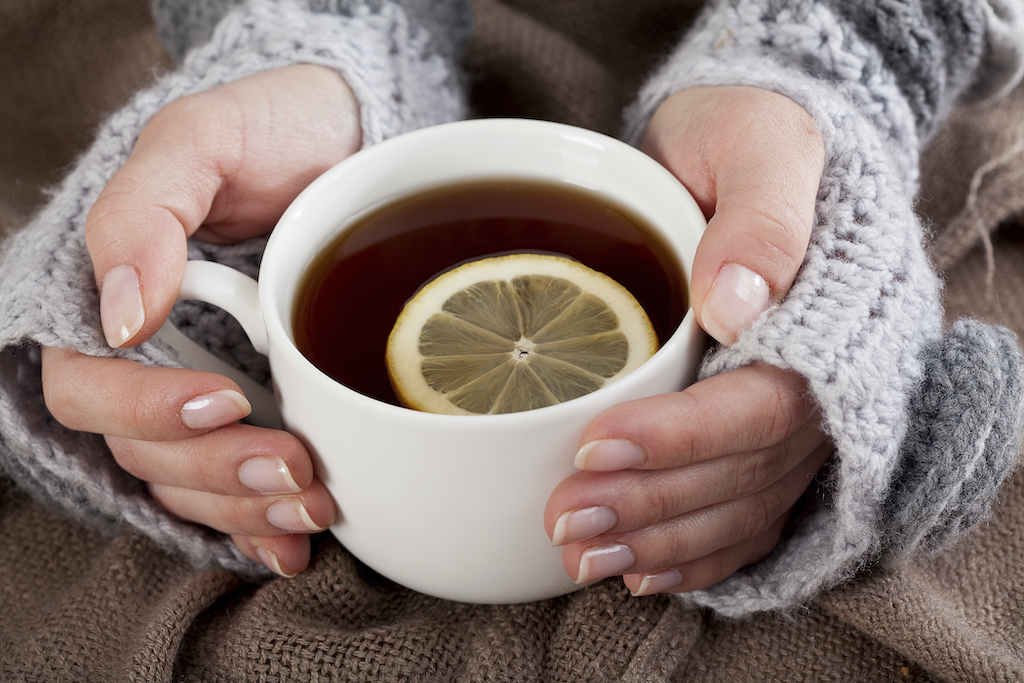
Osteopathy aims to promote self-healing & well-being and can help keep your body in good health during the winter months.
You can email info@osteopathuk.co.uk or call 02089776396
Click the link for our website: www.osteopathuk.co.uk

Please do not hesitate to get in touch with us for any reason, we are here to help and welcome any feedback. Click here for more information.
This is a great question and the answer is:
“by helping ease tensions of growth spurts at all ages, from newborn and childhood through to teenage years and the 18 year old adult”.
Osteopaths are trained to differentially diagnose the cause of any tensions or issues and devise a safe, gentle way to restore and maintain your child’s health and well-being.
Children will experience the dynamic changes of growth and development in different ways…. Some will experience and demonstrate discomfort, aches & pains or show signs of not being their normal self. Other children will seemingly sail through childhood and then suddenly in teenage years start showing signs of discomfort.
Any sign of musculoskeletal discomfort should not be dismissed. Osteopathy can help diagnose any issues and help your child on to the road to recovery. Our Osteopaths will also give lots of advice and explanation so that your child can learn the tools of self-care and this can be a wonderful building block for adulthood.
Kind regards,

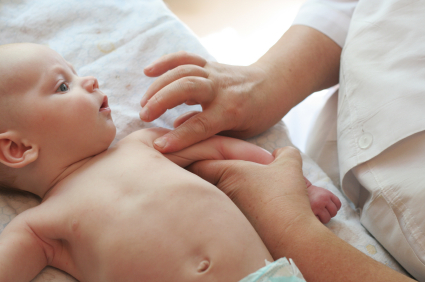
With babies, intra-uterine position, labour and newborn growth spurts may cause muscular tensions. As your baby develops you may notice that your baby turns their head one way when sleeping, favouring one side, or they may experience difficulties with digestion.
Our specialist Cranial Osteopaths can use very gentle techniques to balance the body and release physical tension and treatment will encourage function and movement. Cranial Osteopathy will therefore ease tension and soothe and relax your baby’s body.
All our paediatric Cranial Osteopaths have done further post-graduate training in Cranial Osteopathy.
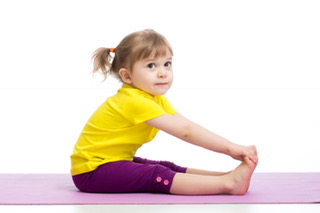
Child girl doing fitness exercises on gymnastic mat
School-age children are busy people! They are extremely active and yet their body is developing on every level. Hormones, skeleton and muscles are changing constantly and this can be a demanding time on a young child.
Your child may complain of muscle cramps in their legs, aches and pains, headaches or go through stages of clumsiness as they have their growth spurts. Osteopathy can differentially diagnose if there is musculoskeletal strain from growth spurts and Osteopathic treatment can restore and maintain healthy muscle growth and balance of tissue function.
If your child is sporty and very active, you might find that they occasionally complain of achey knees, ankles or feet. Osteopathy can be really useful at this time to diagnose the problem and also help your child learn to notice when a growth spurt is happening and how to manage any future problems.
This skill of self-care can be taken into adulthood and help them form a healthy approach to life.
All our Osteopaths are skilled in treating children and diagnosing the cause of any issues. They will always advise when it is appropriate to see a GP and advise on the best care for a particular problem.

Positive group of multiracial young friends having fun at public park, hugging and smiling
Teens go through a lot… massive growth spurts with associated hormone changes, stress of exams and social life development.
It is a huge time of change and it is hardly surprising that your teen may complain of back pain, headaches, postural issues and sports injuries. We see a lot of teens within our practice and it is great to help ease the musculoskeletal issues that may have a negative impact on them during this time of change.
Our Osteopaths are good communicators and will help your teen express the problem that they are experiencing. Again, differentially diagnosing the cause will enable the Osteopath to help your teenager understand their problem and work towards health, well-being and an adult approach to self-care.

Please do not hesitate to get in touch with us for any reason, we are here to help and welcome any feedback. Click here for more information.
We can easily take our feet for granted until that day comes when suddenly, something hurts and you find you cannot walk without pain.
Foot pain can be extremely debilitating and demoralising.
At the practice we see a variety of problems affecting mobility. Achilles tendonitis, Plantar Fasciitis, Sprained Ankles, Arch problems and Arthritis are just a few.
We hope to give you some top tips on how to help your feet stay healthy.
Kind regards,

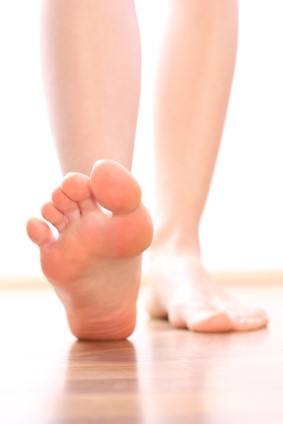
Each foot contains 26 bones and numerous tendons, ligaments and small muscles called lumbricals which all work together to give us mobility, shock absorption and the ability to cope with uneven ground.
Looking after your feet is vital for good health and well-being.
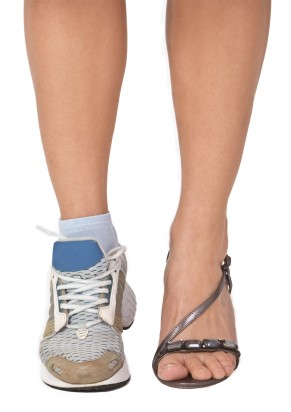
1. Keep your Feet Clean and Moisturised.
Check your feet regularly and ensure that they are in good health. Use moisturiser to help prevent dry, cracked heels and treat any underlying skin problems such as Athlete’s foot or fungal infection. Ensure your toenails are cared for to prevent infection from occurring.
2. Wear the Correct Shoes for the Occasion.
If you are active and on your feet all day, purchase shoes that are cushioned with good arch support. Trainers should be replaced regularly to ensure that your feet get the maximum shock absorption and support when doing sport.
3. Use Insoles when Required.
If you have been prescribed orthotics for a foot problem, wear them in your shoes all the time. See a podiatrist if advised to by your Osteopath or if you have chronic foot pain.
4. Wear the Correct Shoe Size.
You may find that when purchasing trainers, you need a half or full size bigger shoe than your normal shoe size. This gives your toes room to flex and will also enable your feet to swell with heat during activity. You may find that as an adult your foot size changes, for instance after pregnancy it is common for this to occur.
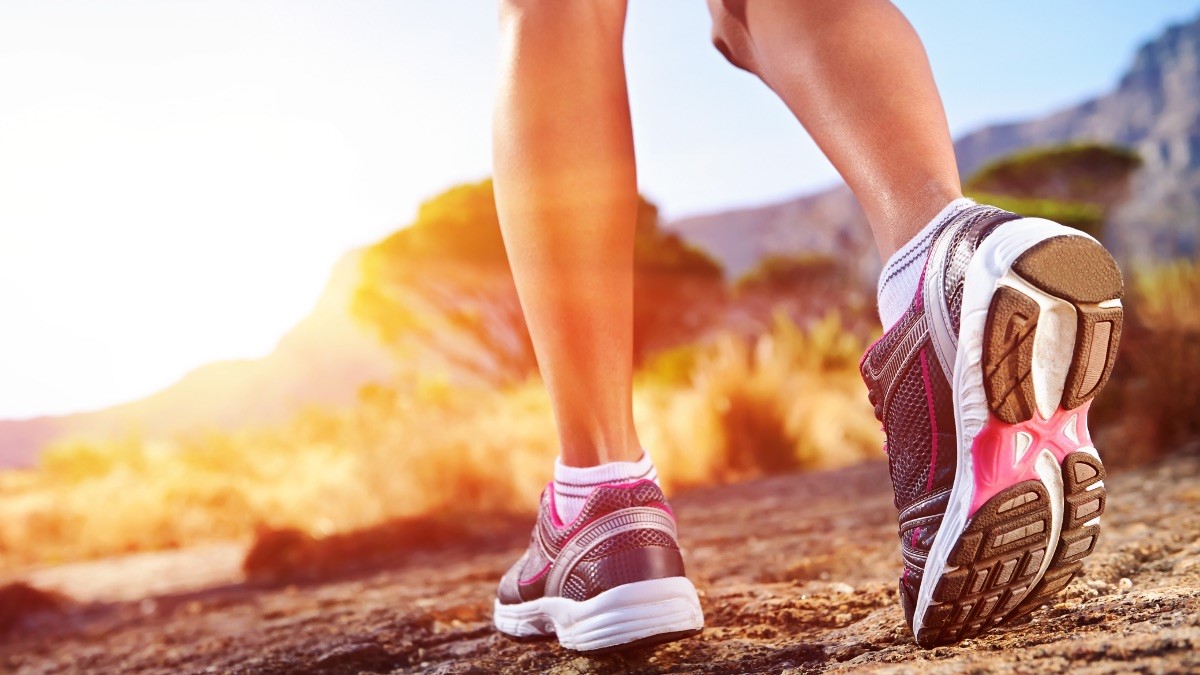
If you do suffer from Foot Pain, do remember to ask our Osteopaths to have a look. We treat many problems with feet and will be able to give you good advice and will know when you should be referred to a podiatrist for Specialist intervention.
As Osteopaths we can treat foot problems with various techniques and will also give you self-help tools to manage long-term foot pain.

Please do not hesitate to get in touch with us for any reason, we are here to help and welcome any feedback. Click here for more information.
Having been an Osteopath for 22 years (oh my goodness, how long?!?), I am still learning and being amazed at what Osteopathy can help achieve towards better health.
This newsletter will focus on Osteopathy and some of its principles. I am lucky to be part of an amazing team of Osteopaths and we are all on the journey with you, our patients, on the road towards wellbeing and good health.
Kind regards,


Osteopathy as a medicine, is for everyone, not just people with back pain. At Kingston & Teddington Osteopathy, we are a family-based Osteopathic practice, able to treat young babies through the generations to the elderly and infirm.
The goal of Osteopathy is to be as holistic as possible and every patient is treated as unique.
With every single patient, our Osteopaths try and get an overview of their patient’s health with a detailed medical case history and then use that knowledge and their training to differentially diagnose.
One of the greatest skills an Osteopath has, is their adaptability in being able to treat every patient in the right way for them as an individual.

As Osteopaths we try to enable our patient’s own physical innate self-healing to activate. Every living organism is capable of self-repair, growth, change and has a dynamic healing ability. Osteopathy is all about harnessing that and we do this by:
– Encouraging Blood Flow. A good nutritional blood supply into an injured area will promote healing. Good vascular supply also helps the body clear up any byproducts caused by inflammation and helps cellular synthesis.
– Helping Compensatory Areas. With any pain in the body, we rely on other parts of the body to do more to compensate. Osteopaths will work to help these compensatory areas function better so that the injured area has more capacity to heal.
– Reducing pain. Pain can be very debilitating mentally as well as physically. As Osteopaths, our primary job is helping a patient to manage pain. This may be in the form of advice on getting the correct pain medication, prescribing self-help exercises and also giving individually tailored Osteopathic treatment.
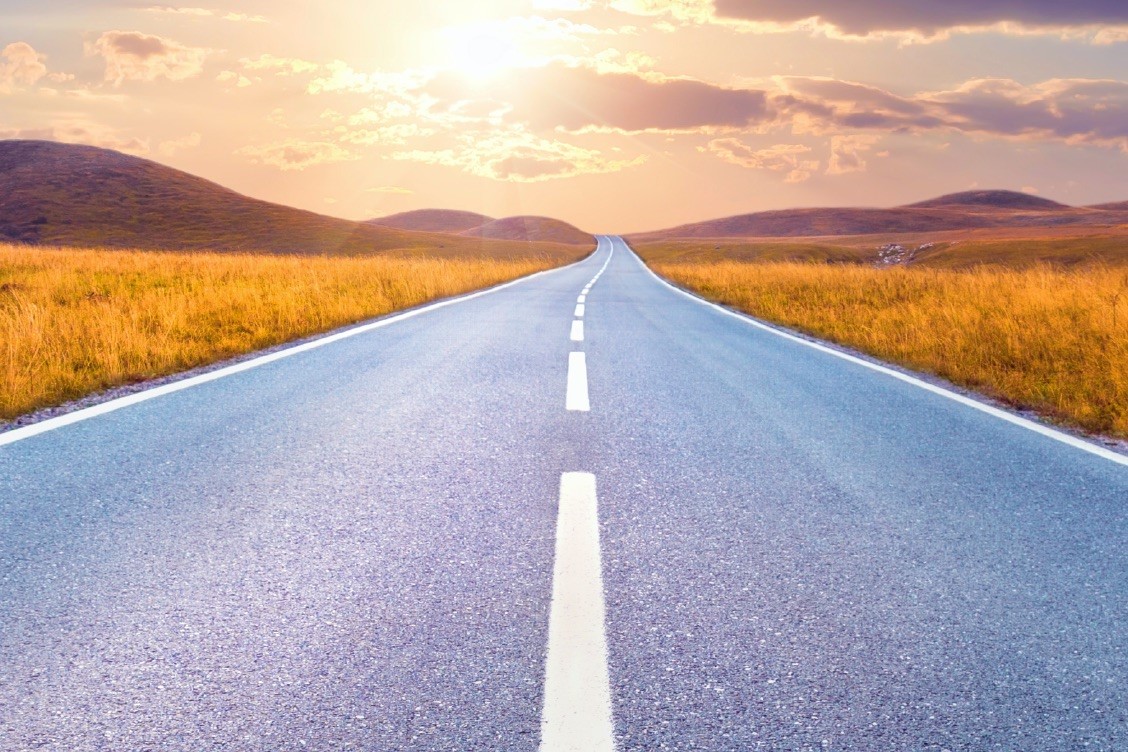
Osteopathy is all about the holism of Health.
We initially help with Acute Pain Relief and then aim to Restore Health.
Then the goal of Osteopathy is to help you Maintain Wellness with a Proactive Care plan.
It is our privilege to work with patients on this journey together and the reward of seeing a patient return to wellbeing is just wonderful.

Please do not hesitate to get in touch with us for any reason, we are here to help and welcome any feedback. Click here for more information.
Finally, Spring has sprung and the sun is shining. With this seasonal change, we start to demand more from our bodies…. gardening, walking and generally being more active.
Now is the time to eat well as we are still a bit depleted in energy from the winter months. Try and balance increase in activity with a good night’s sleep to help the body transition into Spring.
If you are starting to exercise more, ensure that you pace yourself and don’t go too hard on yourself. We often see injuries in the clinic at this time of year purely from patients over-doing it.
In the meantime, with lockdown easing, enjoy your golf, tennis and outdoor sports!
Kind regards,

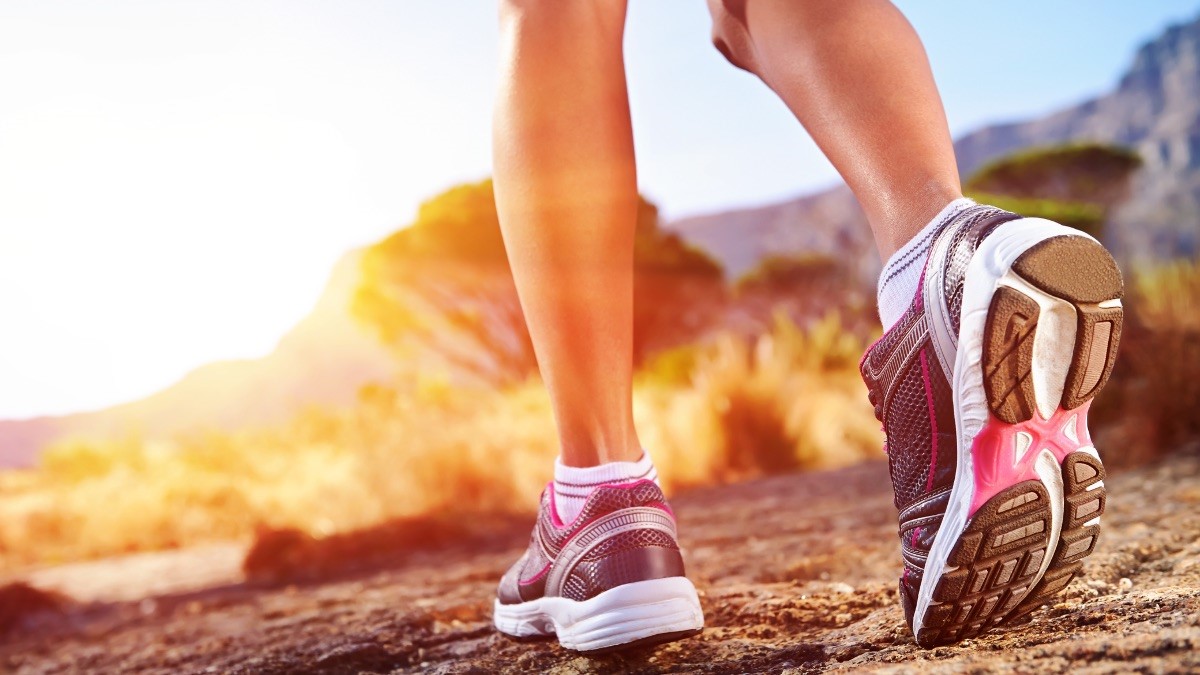
– Plan Ahead. Create a timetable and plan your exercise. Try to incorporate rest times so that your body can recover between exercise.
– Keep it Varied. Try to add different types of exercise and activity so that you use your body in different ways. This means repetitive strain of muscles is much less likely to occur.
– Try Interval Training. Interval training means bursts of activity interspersed with rest periods. For example, run/walk. This is a great way to build fitness and the rest period really reduces likelihood of injury.
– Eat well. Greater demands on the body mean you must make sure your body has good nutrition to work with. Don’t forget to hydrate too. Muscles can cramp easily if we are dehydrated. Make sure you have foods that are rich in magnesium to help maximise muscle function….
– Always Stretch. After any exercise it is good to stretch out those used muscles.
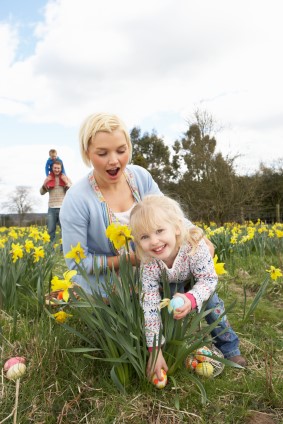
The practice is closed on Good Friday and Easter Monday.
However, we are open on Saturday 3rd April so please call now if you wish to book an appointment 02089776396

Please do not hesitate to get in touch with us for any reason, we are here to help and welcome any feedback. Click here for more information.
In the last year we as Osteopaths have realised just how much pre-pandemic daily movements contributed to our good health.
Pre-pandemic, this was the stuff we never thought about – the walk across the office to speak with a colleague; the quick dash to get on the train; nipping out for a coffee or lunch.
With many of our patients working from home, screen watching for hours each day, we have seen a gradual increase in postural fatigue brought about by lack of these movements.
Don’t get me wrong, the gym and the hour of daily exercise is still crucial for good health and fitness but let’s find a way to re-introduce those little movements that are vital to keep a body functioning well.
Kind regards,

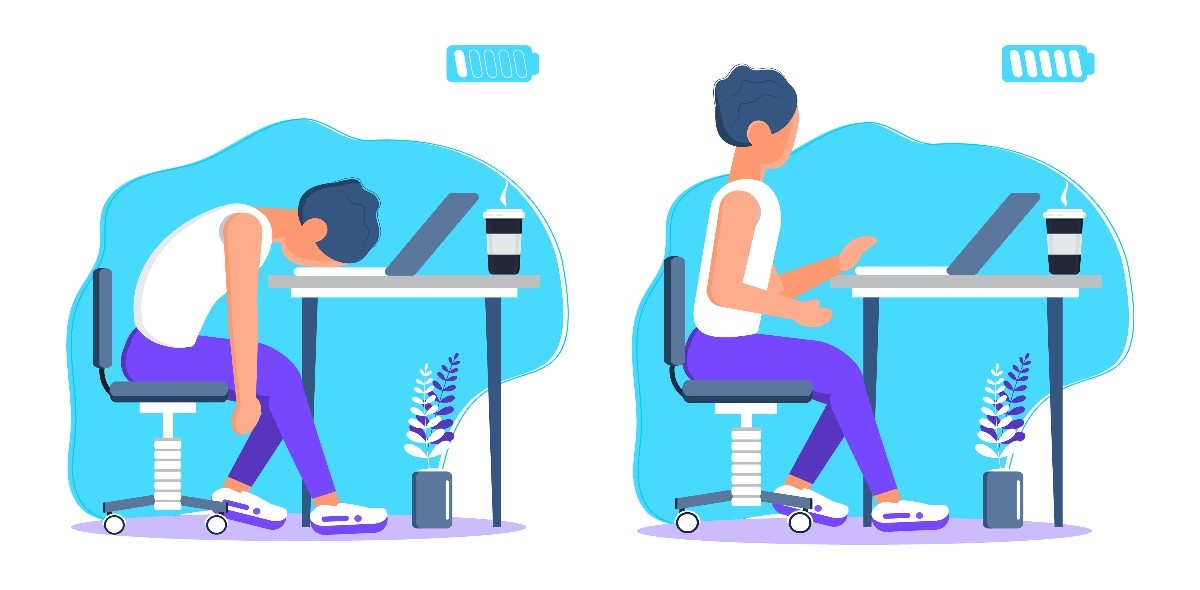
– Find a Way to Fidget. Don’t have a static chair. Get one on wheels with adjustable height and make sure you move whilst sitting. Try alternating it with a core stability ball so that you can shift your centre of gravity whilst working.
– Get a Headset. There is no reason why you cannot pace the room whilst on a call. Walking around the room is a great way to give yourself head space and encourage blood flow for good thought processes.
– Build in short breaks, little and often. During those breaks do brief bursts of activity. 5 star jumps or get the kids to run up and down the stairs a few times. Get the heart working and get a little out of breath, it is good for you!
– Have a lunch break. A nutritious lunch is really important. If you are short on time, do a lap of the garden and get some fresh air. If you live in a flat, go outside and just do a quick, brisk walk outside for 5 minutes.
– Do some Deep Breathing. Get your diaphragm working by doing 5 big breaths in and out. Really feel your chest expanding as you inhale. This will increase oxygen levels and stimulate heart rate and brain function.

Please do not hesitate to get in touch with us for any reason, we are here to help and welcome any feedback. Click here for more information.
This year has been a novelty for us all. We work, socialise and function in new ways… some are an improvement on our pre-Covid life and others, not so much.
I have had time for reflection during this pandemic and I always seek to find the positive out of any situation, however grim.
The practice had the toughest time in Lockdown 1 and being a small business owner in March and April was truly heart-wrenching. However, having the best team of Osteopaths all supporting each other meant that I pulled my socks up and began to think of ways to move forwards.
Sourcing PPE was a huge challenge…. and working out how to manage a clinic whilst safe-guarding our most vulnerable patients was critical to re-opening.
But, we did it!
I want to say a huge, massive thank you to Mark, Katie, Leah, Rosie and Harriet. They have all been truly amazing.
I also want to say “the most wonderful thank you” to you, our patients. I had many phone calls over the last 9 months where, time and again, patients showed their generosity of nature and kindness of heart with words of support and some fabulous emails that to this day make me cry.
So, if you get down and feel low, remember there is always a positive to counterbalance a negative. There is always a way forwards, it just might be different to what you expect. The important thing is, nothing stays the same forever, so gather all the good bits of life along the journey.
Kind regards,


Since the practice re-opened it has been great to return to providing Osteopathic services aimed at helping the whole family.
The Principles of Osteopathy make it the perfect profession to help health and well-being for the whole family, from a newborn baby through the generations to a 91 year old.
Professionally, the Osteopathic aim is to see each person as their own unique system and to view them as holistically as possible. That is why we need to take such a comprehensive case history and use our differential diagnosis to work out what treatment and lifestyle adaptation is best for you, individually.
As a practice, we encourage all our Osteopaths to explore their talents and develop their skills in post-graduate courses and training. We never stop trying to learn how to be a better, more comprehensive Osteopath.
With this in mind, please remember that our Osteopaths are capable of far more than just treating back pain. Please always talk to us and ask us if we can help…. we each have different skill-sets within the practice and this means that there should be at least one individual Osteopath within the clinic who will say “oh yes, I can definitely help you with that”.
With our aim to help the Whole Family, we specialise in Osteopathy for babies and children, pre and post-pregnancy care, sports injuries, age related aches & pains, persistent chronic pain, digestion/gut health, and the effect that anxiety/stress can have on the body.
As we reach the end of 2020, let’s move our focus forwards to 2021 and work towards Well-Being. All of our Osteopaths are ready to help you on that journey.

Please do not hesitate to get in touch with us for any reason, we are here to help and welcome any feedback. Click here for more information.
As human beings, we have the remarkable ability to adapt. In recent months we have seen our patients adapt to different working & social environments and for many, huge lifestyle changes.
This adaptability is what makes us survive.
However, in order to thrive, these adaptations need to be balanced so that the body doesn’t experience physical or mental stress.
After conversing with many patients over the last 6 months and realising the challenges they are facing, here are some top tips on how to thrive during the Autumn and Winter.
Kind regards,


Build Work/Home Boundaries
Working from home can mean a loss of personal space. If you have a lack of space then this can be extremely stressful mentally & physically as work ‘invades’ your home. Planning ahead will help you build boundaries to create balance within your life.
Create a Work-specific area. If you are lucky enough to have a spare bedroom then use that as your office. If your work needs to be done in your main living area, create a compact, defined area. At the end of your working day cover the laptop/computer with a sheet so that work is no longer within sight, or shut the bedroom door. This physically signifies the end of your working day and mentally will help you ‘leave’ work in the same way as the commute used to.
Give yourself a Lunch Break. This may sound ridiculously simple, but many of our patients who are working from home are not planning their working day. We hear of patients having just enough time to eat a sandwich or not eating until much later in the afternoon. This creates physical and mental stress, especially when it becomes habitual.
Work within your normal working hours. Again, planning ahead is key. Just because work is easily accessible & within your home, doesn’t mean that everything has to be done today. We have patients reporting that they are working “more than ever” and we are seeing the stress that this is causing within their bodies. Plan ahead and decide on a time when you should finish your working day. Set a daily alarm so that you know the working day needs to come to a close.
Plan Enjoyment and Relaxation. Autumn and winter months don’t mean an end to being able to relax. Again, being adaptable is going to be key. Plan indoor ways to relax and get mental stimulus that is non-work related. It is vital to give your brain non-screen based activities so that you stimulate different neural pathways and encourage cognitive flexibility.
Keep Exercising. Be adaptable when planning and come up with ways to exercise both indoors and outdoors. Buy the clothes and kit you need to make this possible, even if the weather is inclement.
Get a Good Night’s Sleep. Mental and physical stress has repeatedly been shown to be linked to inadequate, poor quality sleep. Sleep is involved in our body’s self-repair mechanisms and so is vital to keep us well. Avoid any mental stress prior to sleep ie don’t watch the news or check that last email.

This month’s video is all about managing stressful breathing patterns. Try this Sternal Lift Technique to stretch your diaphragm. If you experience anxiety & get tightness in the throat/chest area then this is a great exercise for you.
Better breathing patterns help with relaxation, oxygen intake and heart-health.
Please subscribe to the channel to get updates on future stretches/exercises and likes/comments are most welcome 😁

Please do not hesitate to get in touch with us for any reason, we are here to help and welcome any feedback. Click here for more information.